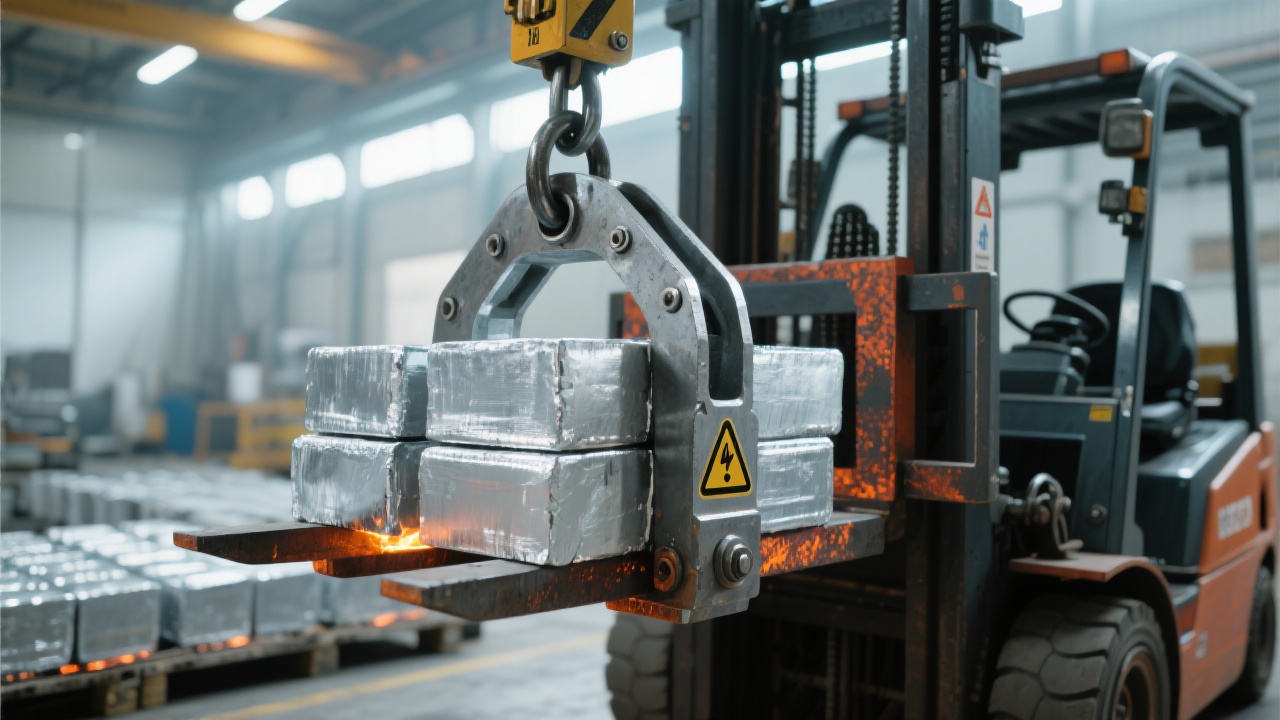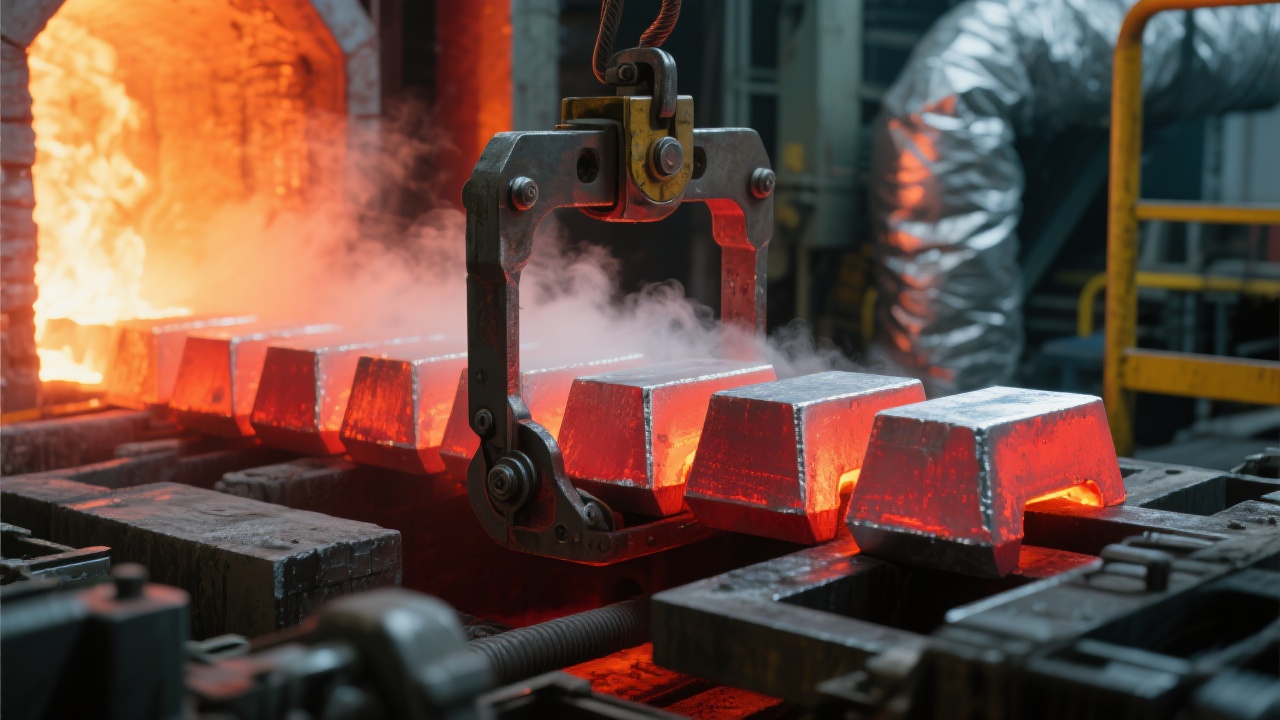
Efficient steel coil handling is a pivotal factor impacting throughput, safety, and operational synergy in industries such as steel manufacturing, warehousing, ports, and logistics hubs. The complexity of vertical steel coil lifting demands adaptable solutions capable of seamless integration into varied industrial environments—whether constrained warehouse aisles or hectic port quaysides. This article dissects how modular configuration of steel coil handling equipment, driven by the nuanced choice of actuation mechanisms and bespoke clamping systems, delivers substantial gains in operational efficiency, risk mitigation, and cross-departmental collaboration.
Diverse industrial settings present unique challenges for steel coil movement:
At the heart of modular steel coil handlers is the strategic selection of drive mechanisms and clamping interfaces, tailored to contextual stresses and operational goals:
| Drive Type | Advantages | Typical Use Cases |
|---|---|---|
| Mechanical | Simple, cost-effective, low maintenance | Low-volume handling, limited variability environments |
| Hydraulic | High lifting force, smooth motion, adaptability to heavy loads | Steel mills, heavy-duty warehouse operations |
| Electric | Precise control, energy-efficient, easy integration with automation | Advanced logistics centers, smart warehouses, ports |
| Pneumatic | Fast actuation, clean operation, suitable for moderate loads | Assembly lines, light- to medium-weight coil handling |
Coupled to the drive system is the clamping module, designed with interchangeability via standardized mounting interfaces. This modularity enables rapid reconfiguration between grip types—such as coil hooks, C-hooks, or hydraulic clamps—realizing a universal handling platform versatile enough to adapt across departments while lowering equipment redundancy.
Case 1: Zero-Damage Steel Coil Transfer at a Rolling Mill
A leading steel manufacturer implemented an electric-driven modular coil handler with custom hydraulic clamping. The solution enabled zero damage incidents over 12 months and improved cycle times by 20%, directly boosting throughput while mitigating risk of costly coil defects.

Case 2: Expedited Port Loading with Hydraulic-Electric Hybrid Drive
At a busy port terminal, integrating a modular clamp system featuring pneumatic actuation cut average vessel loading times by 15%, achieving seamless integration with existing gantry cranes and avoiding costly retrofits.

These examples showcase that the engineering logic behind modularity casts a broad net over operational constraints, delivering a future-proof toolset that scales with industrial evolution.
For industrial decision-makers aiming to deploy modular coil handling solutions, a systematic evaluation reduces deployment risks and maximizes return on investment:
| Step | Key Question | Considerations |
|---|---|---|
| 1. Define Operational Environment | Is the setting a constrained warehouse, open port, or heavy mill? | Space availability, environmental hazards, coordination complexity |
| 2. Determine Load Characteristics | What are coil weight ranges and size variations? | Max lifting force requirement, gripping adaptability |
| 3. Select Drive Type | Which actuator yields optimal balance between power and precision? | Hydraulic for force, electric for control, pneumatic for speed |
| 4. Identify Clamping Modules | Which grip shapes and mounting interfaces best fit operational flexibility? | Standardized clamps enable rapid swaps, reduce inventory |
| 5. Validate Integration Potential | Can the equipment seamlessly integrate with existing lifting infrastructure? | Focus on reducing retrofit risks and shortening commissioning |
Adopting such a methodical approach leverages modular design principles to enhance efficiency, reduce operational risks, and achieve seamless integration within multi-department workflows.

Discover How to Boost Your Steel Coil Handling Efficiency Today

